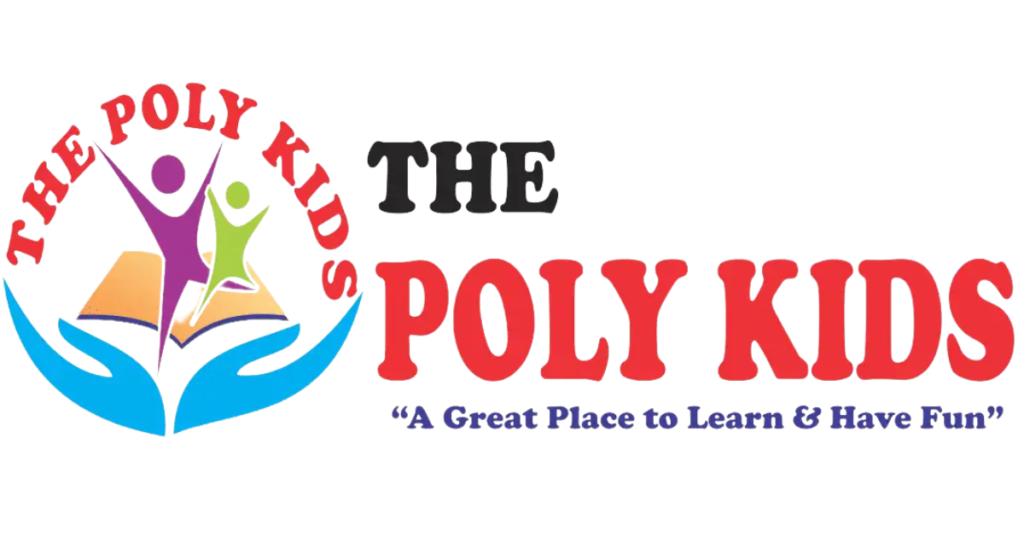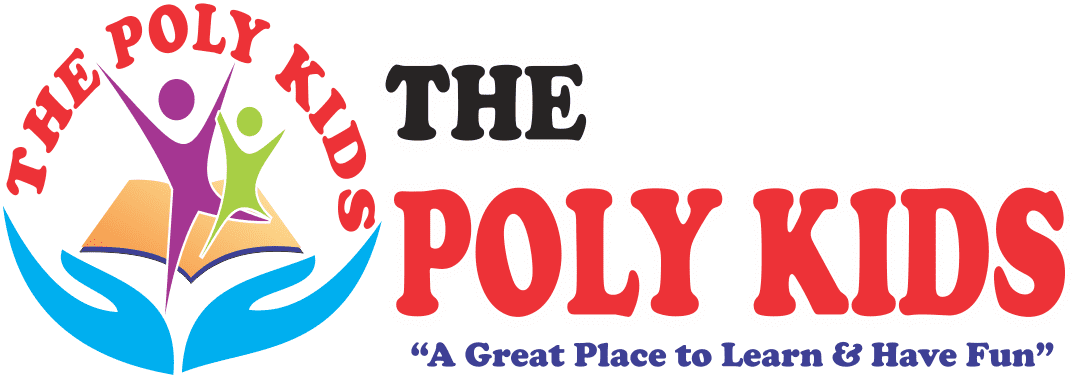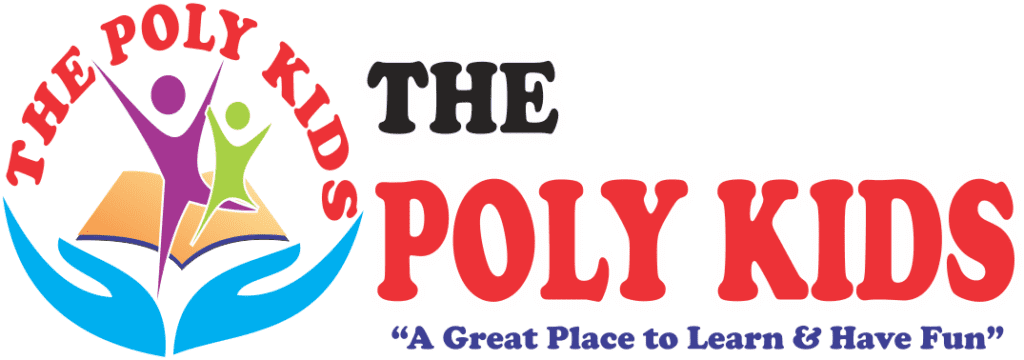Creating a positive and nurturing environment for children involves implementing effective strategies for positive discipline. At “The Poly Kids School,” recognized as the best play school near me, we prioritize fostering emotional growth and learning through constructive discipline approaches. Explore 20 key strategies that promote positive behavior in children.
- Clear and Consistent Expectations: Set clear and consistent expectations for behavior. Communicate rules and boundaries to create a structured environment that helps children understand what is expected of them.
- Model Positive Behavior: Lead by example. Demonstrate the behavior you wish to see in children. Modeling positive behavior fosters a culture of respect and cooperation.
- Use Positive Language: Employ positive language to communicate expectations and corrections. Instead of focusing on what not to do, guide children towards positive actions and choices.
- Encourage Open Communication: Establish open communication channels. Encourage children to express their thoughts and feelings, creating a supportive environment where concerns can be addressed constructively.
- Implement Logical Consequences: Connect consequences logically to actions. Help children understand the cause and effect relationship between their behavior and the consequences that follow.
- Reinforce Positive Behavior: Acknowledge and reinforce positive behavior. Offer praise and encouragement when children exhibit desired behaviors, reinforcing the importance of positive actions.
- Use Time-In Instead of Time-Out: Opt for a time-in approach rather than traditional time-outs. This involves providing a calm space for reflection and discussion, fostering a sense of understanding and emotional regulation.
- Teach Problem-Solving Skills: Equip children with problem-solving skills. Guide them through conflict resolution and decision-making processes, empowering them to handle challenges independently.
- Provide Choices: Offer choices to empower children. By providing options, you give them a sense of control over their actions, reducing resistance and promoting cooperation.
- Establish a Routine: Create a consistent routine. Predictability helps children feel secure and understand the structure of their day, minimizing disruptive behavior.
- Foster a Positive Classroom Culture: Cultivate a positive classroom culture. Encourage teamwork, empathy, and kindness, creating a community where children feel valued and supported.
- Use Redirection: Practice redirection. When undesirable behavior occurs, guide children towards a more appropriate activity or behavior, steering their focus in a positive direction.
- Incorporate Positive Reinforcement Systems: Develop positive reinforcement systems. Use charts or tokens to track positive behaviors, motivating children to consistently exhibit desired actions.
- Encourage Reflection: Promote reflection on behavior. Encourage children to think about their actions and consider how they can make more positive choices in the future.
- Build Positive Relationships: Prioritize building positive relationships. A strong connection between educators and children fosters mutual respect, making discipline more effective.
- Teach Emotional Regulation: Educate children on emotional regulation. Provide tools and techniques to help them manage and express their emotions appropriately.
- Involve Parents in Positive Discipline: Collaborate with parents. Share positive discipline strategies with parents, fostering consistency between the home and school environment.
- Implement Restorative Practices: Introduce restorative practices. When conflicts arise, focus on repairing relationships and making amends rather than punitive measures.
- Celebrate Progress: Celebrate progress and growth. Recognize and celebrate the positive changes children make in their behavior, reinforcing their efforts towards positive development.
- Seek Professional Guidance if Needed: If challenges persist, seek professional guidance. Consult with educational psychologists or behavior specialists to develop personalized strategies for individual needs.
In conclusion, positive discipline is a cornerstone of a nurturing and effective learning environment at “The Poly Kids School,” the best play school near me. By implementing these 20 strategies, we strive to create an atmosphere where children can thrive emotionally, socially, and academically.


